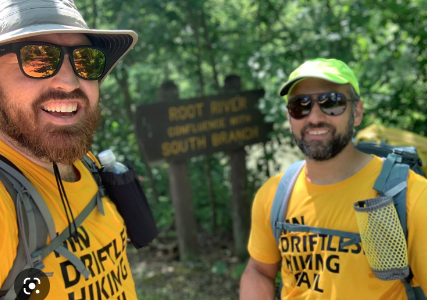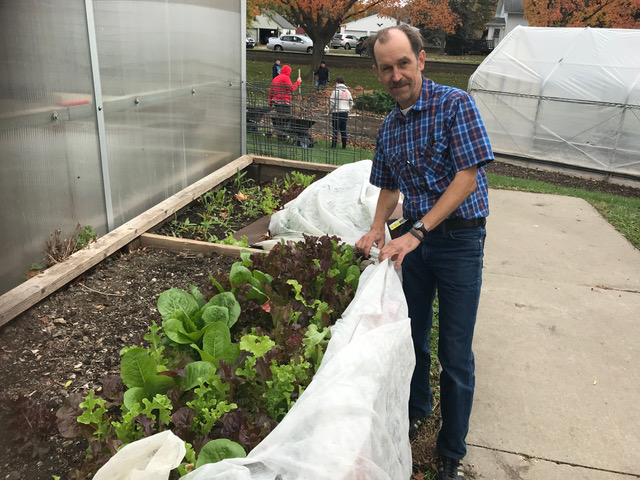Rhymes With Decorah Podcast: Rhymes With… Driftless Hiking Trail!
The Minnesota Driftless Hiking Trail is a concept for a 100 mile foot path running through the incredible scenery of SE Minnesota from Chatfield, MN to the Mississippi River. “Chief Instigator” of this project, Marty Walsh, joins us for a conversation about the vision and history of the project, and where things are headed (currently in the spring of 2023).

A group of volunteers are currently working with state, county, and private landowners to acquire access to properties that will allow the through-hiking style trail to traverse the hills and valleys of the region for human powered users. The backcountry style hiking trail is inspired by the Appalachian Tail, Superior Hiking Trail, Ice Age Trail, and others, providing opportunities to share the region at a human scale with all.
Find out more about the project on this show, and how to get involved or donate by visiting https://www.mndriftlesshikingtrail.org
Find the project on social media:
Facebook / Instagram / Twitter
“Rhymes With Decorah” is a companion project of Inspire(d) Media.
Original music heard in this podcast performed and recorded by Nick Zielinski of Decorah. Find him on Instagram, Patreon, TikTok and more @indicative_of_drumming










